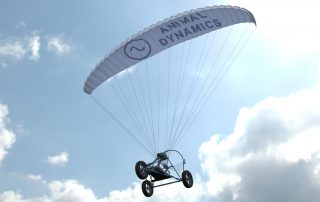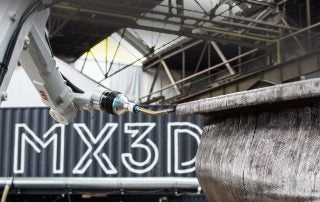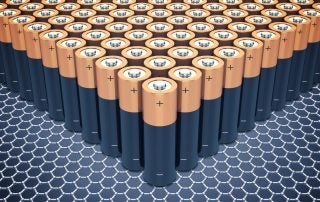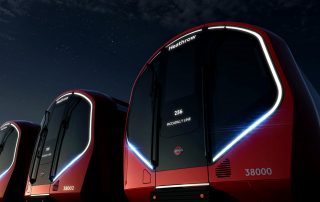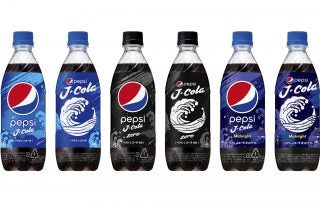Accelerating architecture’s digital revolution
Murthy 2020-07-02T16:54:50+01:00 13 July 2020|
Plant-based innovation
Murthy 2020-03-02T11:55:08+00:00 03 March 2020|
Just-Food speaks to Hanneke Faber, the president of Unilever’s foods and refreshment division, about innovation, M&A and purpose.
Introducing The New Hotelier
Murthy 2020-03-02T15:54:37+00:00 02 March 2020|
The essential guide for the hotel industry – digital and free. Read the first issue here!
Is recycled ocean plastic the next big packaging trend?
Murthy 2020-03-02T11:49:25+00:00 02 March 2020|
Inside Packaging investigates the potential of ocean plastic as a material in packaging.
Inside Food is now Just Food!
Murthy 2020-02-17T15:37:45+00:00 17 February 2020|
Just Food Magazine brings together two leading industry publications: Our magazine formerly known as Inside Food, and the website just-food.com.
Bolivia’s atomic ambitions
Murthy 2020-02-13T12:22:38+00:00 17 February 2020|
Could recent political instability put Bolivia’s nuclear ambitions into doubt? Future Power Technology investigates.
Sustainability after death
Murthy 2020-02-13T12:16:26+00:00 14 February 2020|
Design & Build Review looks at the US’ first facility for human composting.
How agile leaders accelerate innovation
Dr Simon Hayward, CEO of Cirrus and author of The Agile Leader, tells us how agile leadership can help create more innovative and competitive businesses.
Is shipping still unprepared for cyberattacks?
A team of breakers at ethical hacking firm Pen Test Partners recently proved there are several ways to break into a ship’s navigation system and potentially cause a major incident. So, after all the warnings, Eva Grey considers where shipping stands on cybersecurity.
Meet the UK Dstl’s new autonomous delivery drones for military supplies
The UK’s Defence Science and Technology Laboratory (Dstl) is working with other government agencies to develop drones and unmanned ground robots with autonomous ‘deliver to order’ capability for frontline military logistics support. Julian Turner finds out more.
The bridge that robots built: An interview with MX3D
3D printing has been proposed as a future construction tool for several years, but now it’s becoming a reality, with MX3D using robots to 3D print a functional bridge in Amsterdam. Ross Davies caught up with Gijs van der Velden, co-founder of MX3D, to find out how he envisions the technology progressing, and on which areas of architecture it could have the biggest impact.
Could graphene batteries change the face of graphite mining?
While not yet commercially used in the industry, man-made ‘super mineral’ graphene holds huge potential for batteries. Derived from graphite, both commodities are expected to see huge growth in the coming years. Molly Lempriere finds out what lies ahead for these minerals.
Using AI to personalise drug combination therapy
Doctors routinely employ a combination therapy strategy for cancer patients, but figuring out which drugs to use is a challenge. Researchers at the National University of Singapore have developed an artificial intelligence platform called QPOP to streamline this process. Abi Millar finds out more about how the platform could personalise combination therapy.
From London’s Deep Tube to Moskva Metro: the world’s most modern trains
Between Brussels’ autonomous fleets, New York’s passenger-centric design and London’s top-notch signalling, Eva Grey finds out which countries are leading by example and delivering some of the world’s most modern, efficient and reliable metro systems.
Will a new storm plan help JFK get through the winter?
Pepsi breathes life into the night-time soft drinks concept
Soft drink innovation in Japan is often on a different level than that in other world markets, making it difficult to judge whether or not a specific launch is evidence of something big or just a fad. GlobalData analyses whether Suntory’s recent launch of Pepsi J-Cola Midnight in Japan could be evidence that global soft drink manufacturers have bigger plans in store for night time beverages.
Could a city’s water infrastructure produce hydropower?
Could a big city retrofit its already vast network of drinking water pipes with turbines capable of producing hydropower? Molly Lempriere considers whether this seemingly simple energy solution could gain traction.










